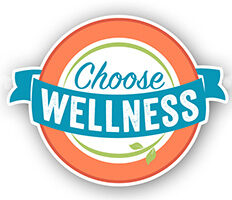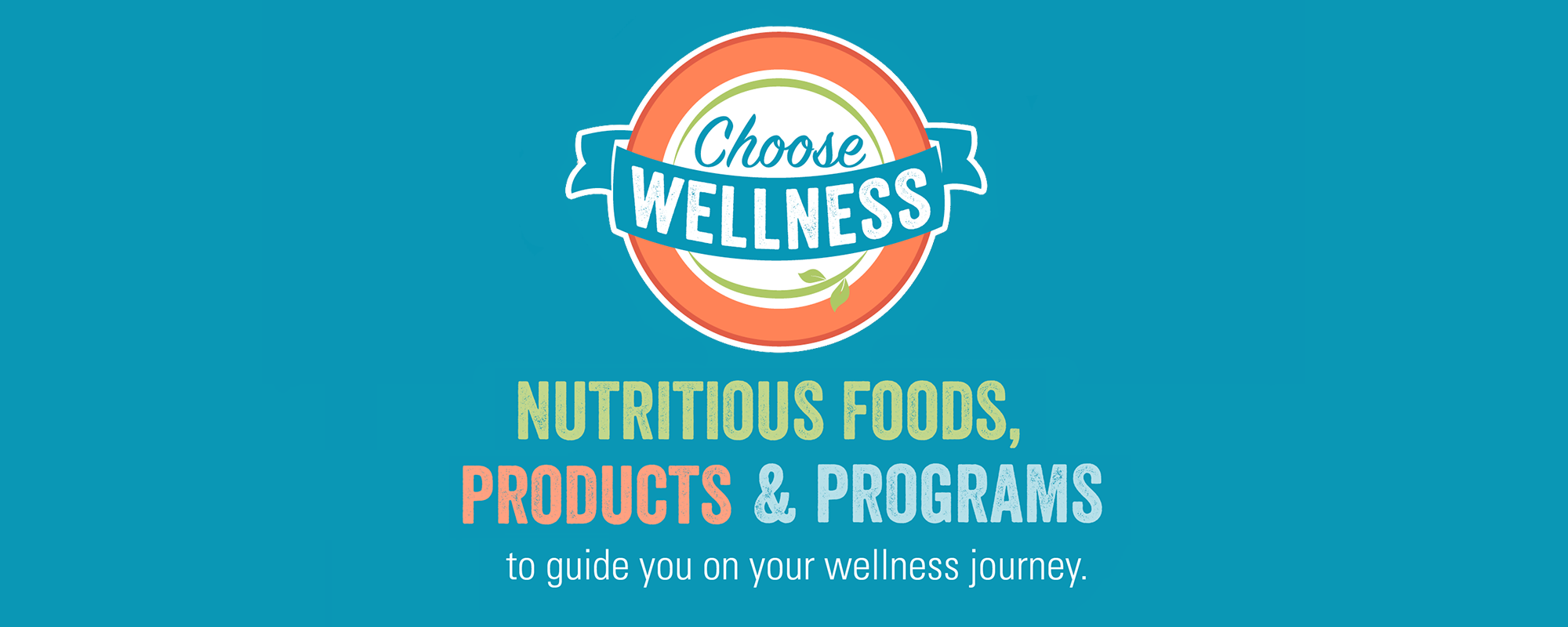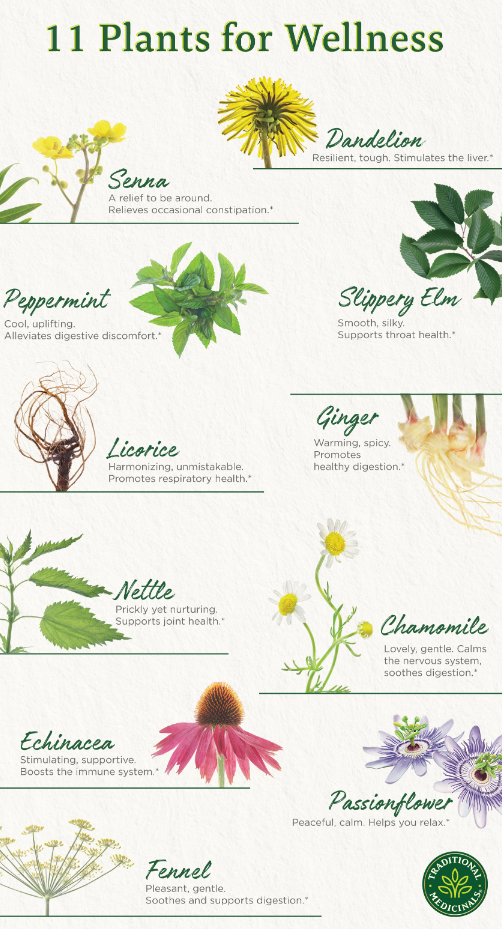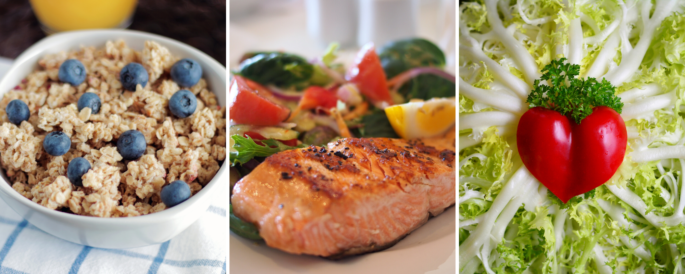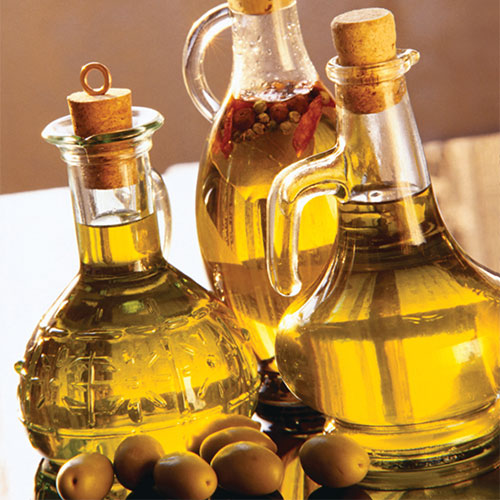According to the CDC, the novel coronavirus, also known as COVID-19, is a new type of virus that has never been seen before now. There is no vaccine and it can spread very easily from person to person, meaning that one of the best ways to prevent getting infected, is to limit exposure to other people.
According to the CDC, there are several ways to protect yourself and others during this pandemic:
- Wash hands correctly and often. To learn proper hand-washing techniques, watch this video: https://youtu.be/d914EnpU4Fo.
- Use hand sanitizer that is at least 60% alcohol.
- Avoid touching eyes, nose and mouth.
- Avoid close contact with others.
- Cover all coughs and sneezes.
- Stay home if you are sick.
- Clean and disinfect often. To learn how to properly disinfect your home, click here.
Symptoms for COVID-19 appear after 2-14 days after being exposed to the virus. The CDC recommends staying home and speaking to your healthcare provider if you have a fever, cough or shortness of breath. If you have emergency warning signs for COVID-19, get medical attention right away. These emergency warning signs include trouble breathing, persistent pain or pressure in your chest, new confusion or inability to arouse, and blueish lips or face. It is important to remember that this is not an inclusive list of symptoms and you should contact or seek medical attention if there are other severe or symptoms.
